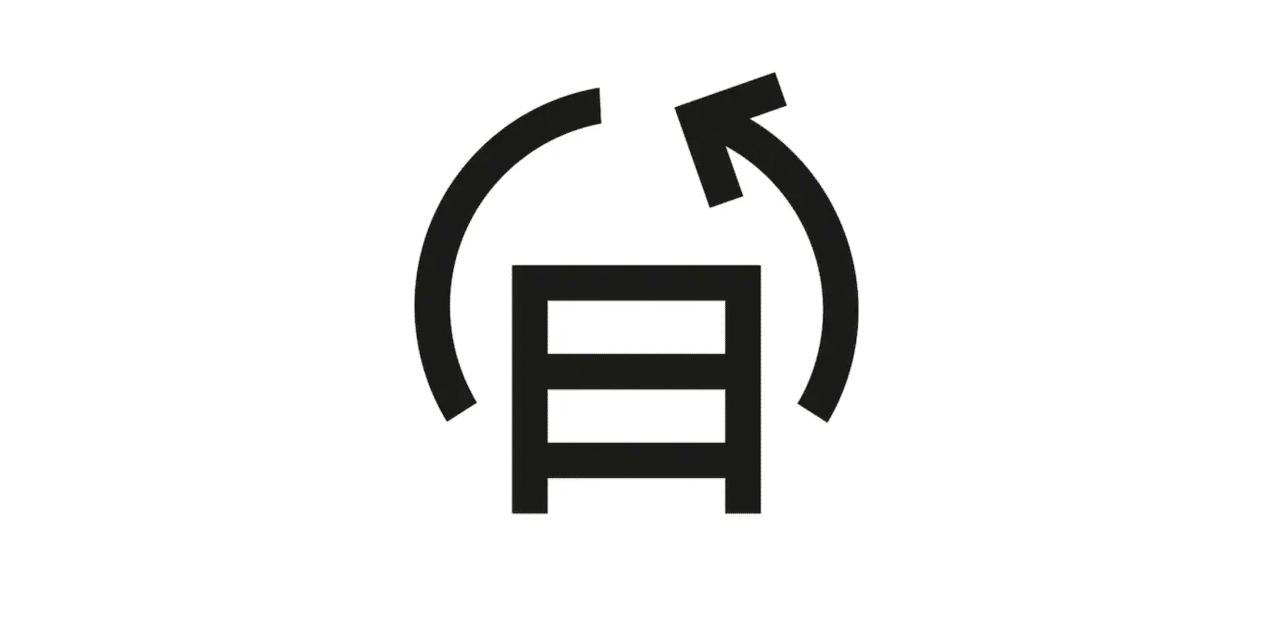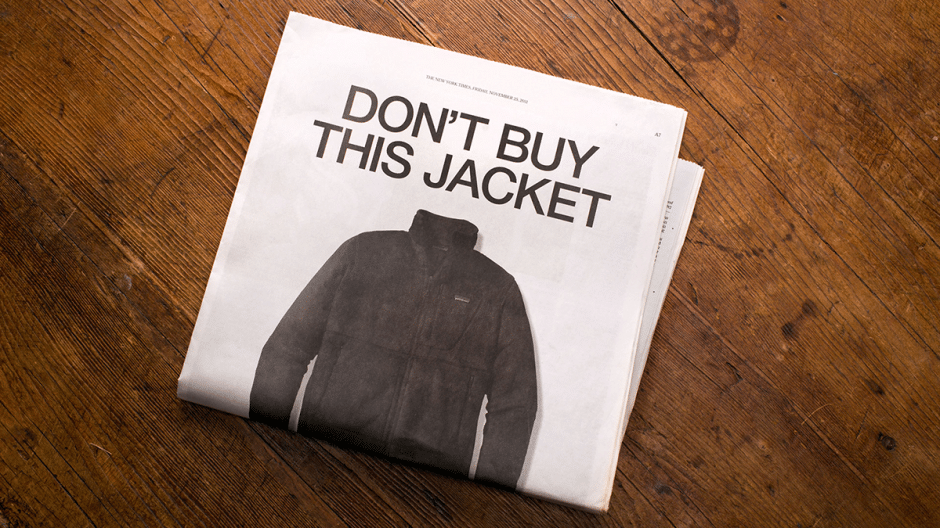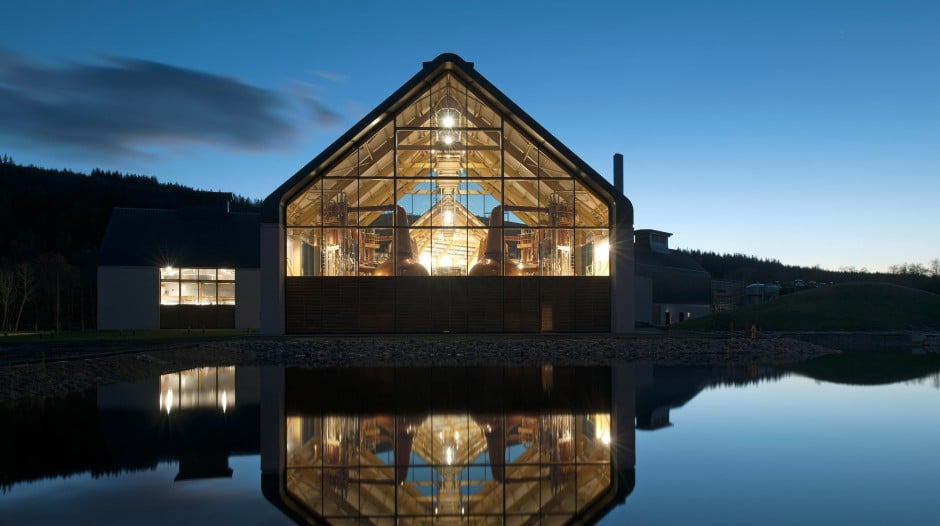Brands that don’t buy into the circular economy will soon be out of the loop. From Lego to Patagonia, Ikea to Chivas Brothers, The Drum talks to brands that reckon there is a lot to be gained from making your product more durable and easier to repair.
Consumerism is a dirty word – and it’s brands that face the blame for an Earth overflowing with non-compostable waste. But, thanks to eco-conscious consumers and government legislations, they are slowly, but surely, cleaning the word up.
”We’ve shifted away from corporate social responsibility (CSR), which was about defending value by pointing at some good stuff over there,” explains Chris Norman, founder and chief exec of The Good Agency. Established in 1995, Norman was talking about the merits of sustainability before it was trendy.
”Now everyone wants to hit net zero,” he explains. But as he points out, reaching a carbon neutral threshold is just not enough to offset the environmental mess we presently find ourselves within. ”It’s not solving the problem – it doesn’t take back some of the bad that we’ve done, which we need to do,” he stresses. ”And the circular economy is exactly that space. Even though it is a zero-sum game, it’s actually very progressive.”
The concept of the circular economy is regenerative by design. But as Ikea’s UK’s country sustainability manager Hege Sæbjørnsen admits, it’s also one for the long-term. ”It’s often quite abstract, quite technical and manufacturing-focused,” she says. ”Essentially, it’s a way to tackle excessive consumption but it also makes sure that materials and products are kept alive for as long as possible.”
With aims to become 100% circular as a business by 2030, Ikea’s example proves that even big brands can buy into the model. It recently announced it was testing out a ’Buy Back’ scheme that would see it allow customers to trade in their old items in return for vouchers to spend in-store. Beyond that, it has opened a pilot second-hand store in Sweden.

To be 100% circular by 2030, Ikea needs to ensure 100% of the materials used to make its 12,000-strong product catalogue are made from recycled and recyclable materials. ”It’s also critical to highlight that it’s about design for circularity. We’ve devised nine circular design principles which mean our products will be designed from the beginning to be repurposed, repaired, assembled and disassembled.”
Sæbjørnsen suggests that the behaviours supporting the circular economy were encouraged by many businesses prior to the advent of e-commerce retail – a act that should help persuade relucant brands now.
”We’ve all got used to super fast delivery and really low prices,” says Sæbjørnsen. ”We’re addicted to convenience. And so, if we want consumers to go to the effort of fixing something, it needs to be easy, accessible, and ideally affordable.”

The poster child of the B Corp revolution, Patagonia is a brand that isn’t afraid of putting its money where its mouth is. Through its ’Worn Wear’ programmes, it takes back 100% of gear that is returned. In 2018 alone it recycled 6,797lb of clothing.
European marketing director Alex Weller says its ’Worn Wear’ has been a powerful tool to engage communities in the ideas behind keeping Patagonia’s clothing in use for longer. ”Repair events and second life thrift shops where you can buy previously-owned Patagonia gear, repaired and customized for a second life, have also been very successful,” he says. ”We have traded at these limited-time stores in London, Berlin and Milan over the last few years and have always had a really positive response.”
As a major supplier of plastic, in recent years Lego has been finding ways to overcome the challenges of selling a product that has no end life. ”The vast majority of people keep their Lego bricks to hand down to their children or grandchildren,” explains Tim Brook, vice-president of environmental sustainability at Lego. ”However, we know that some people want to pass them onto others. So we’re investing in initiatives such as ’Lego Replay’, a programme that accepts Lego bricks that are no longer in use and donates them to not-for-profit organisations that ensure children can access play.”
And it seems to be working. In the last 12 months it has received 100 tonnes of used Lego bricks, which it has distributed to over 22,000 children through its charity partners.
”We want to create a more convivial world, a world without excess,” claims Sandrine Ricard, head of sustainability and responsibility at Chivas Brothers. In February, it devised a comprehensive 2030 sustainability plan that mapped out the required steps to ensure the Scotch company was as neat as its whisky.
That includes an ambition to reduce its carbon emissions by 50% over the next 10 years. It also aims to have the first carbon-neutral distillery within two years by reducing carbon emissions by 90%.
”Leading the way for a socially and environmentally conscious planet should be at the top of every business’ agenda,” Ricard insists. ”We share a world of finite resources that are under huge pressure to support a demanding and growing world. Brands need to respond with innovate, smart and creative initiatives that optimise and help preserve natural resources.”

While the environmental benefits are obvious, it’s understandable that brands might question the business incentives of encouraging shoppers to repair their products over buying new ones.
But, due to government legislation, brands that don’t will be out of the loop later on. Last year the UK government became the first major economy to pass laws to end its contribution to global warming by 2050. The target requires the UK to bring all greenhouse gas emissions to net zero by 2050. With virgin plastic usage continuing to rise, the government is bringing in a ’plastic tax’ system that will come into effect by April 2022. The new rules will target plastic produced within or imported into the UK that contain less than 30% recycled plastic with a a levy of £200 a tonne.
And it’s not just the British government encouraging change. Earlier this month, the British Retail Consortium outlined strategies to decarbonise the retail sector, devising a Climate Action Roadmap. 63 major retailers, including Morrisons, Primark, Ocado and Boots have pledged to help the retail industry reach net-zero carbon emissions by 2040.
“Brands are starting to get their heads around what the circular economy means in principle,“ insists Sæbjørnsen. She says brands should treat the circular economy as a fantastic opportunity to accelerate sustainability overall and to create new business models, new offerings, new opportunities to engage with customers.
“These strategies means the circular economy is here to stay. It‘s something that we are being forced towards whether we like it or not,“ she says. “Companies need to make a quick decision – are we going to be proactive and take a lead or are we going to be dragged kicking and screaming? Because legislation is now coming into force.“


